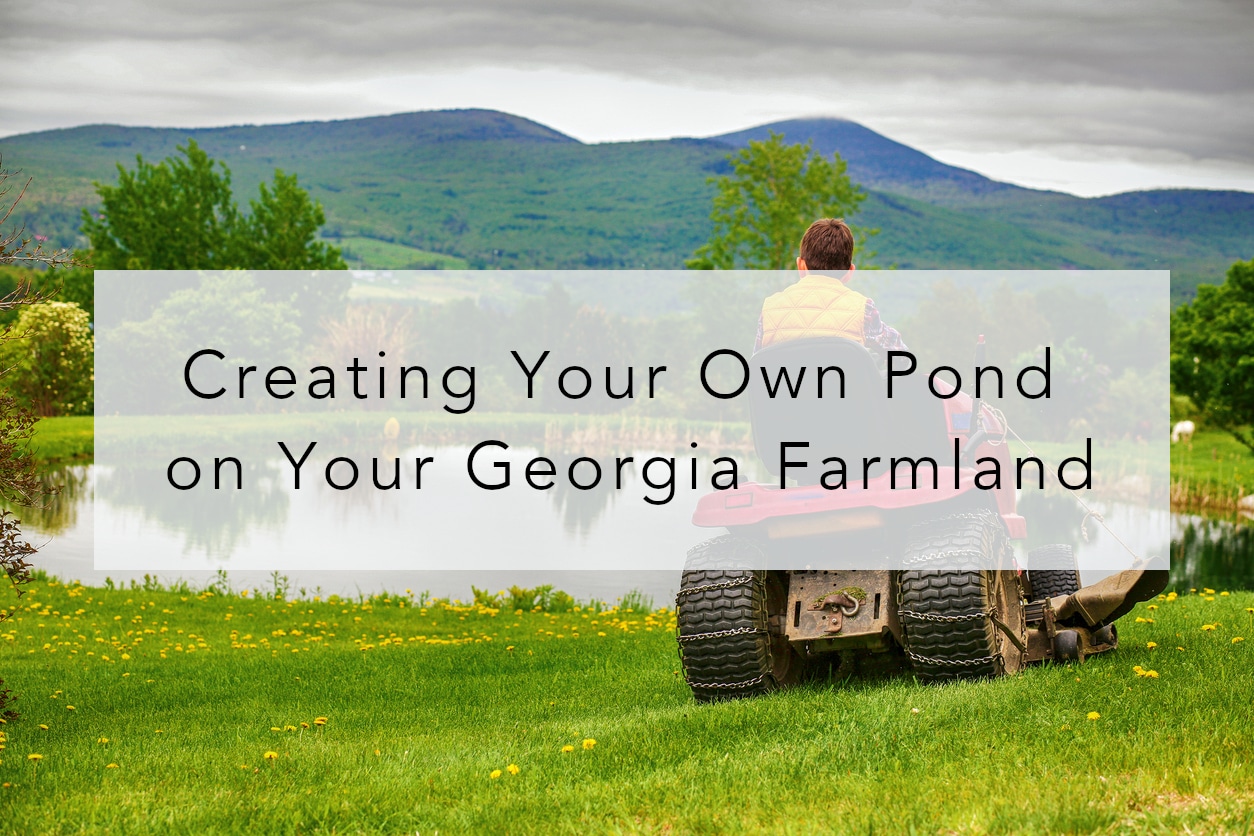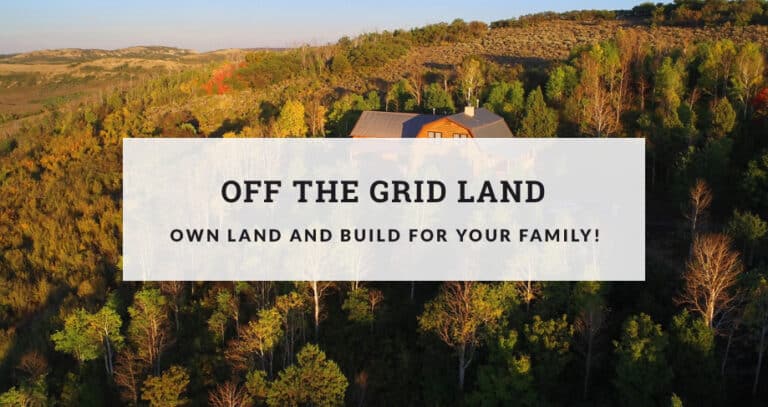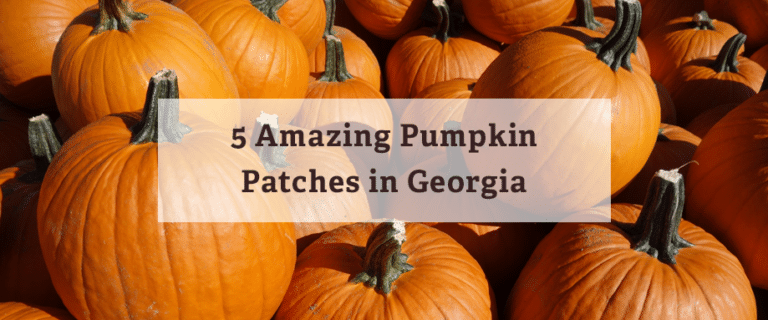Creating Your Own Pond on Your Georgia Farmland
Water features are some of the most beautiful elements to look at in a garden. They are peaceful and relaxing, not to mention interesting. They bring cooling thoughts on hot summer day, and rhythmic sounds while you fall asleep at night. Fountains are lovely to watch, but there is a lot that can be done if you add a pond to your garden. Believe it or not, building your own pond is not a major undertaking.
Fortunately, winters remain mild in Georgia—at least most of the time. You can start planning now for your pond and be ready to dazzle family and friends when spring arrives. Here are a few things to keep in mind as you plan.
1. Plan for Area
The first thing you need to do when creating a pond is to look over your garden to find a level area for it. Keep in mind the water level will adjust itself, so severely uneven ground will result in the water rising up to the edge of the lower end, while only rising a little at the higher end. This leads to an uneven feel and won’t look quite right. Keep in mind that without proper drainage, your pond will overflow at some point. Plan for that ahead of time by directing overflow toward a spillover spot, to keep the rest of your garden safe.
2. Plan for Size
The depth of your pond will depend primarily on the life it is meant to sustain. If you intend to keep fish in your pond, you will need it to be deep enough for them to hibernate in the winter. Once you have determined the depth and circumference, you have enough information to purchase a liner. Don’t be afraid to consider a kit if this is your first pond. It should include the proper size components for your selected pond.
3. Plan for Additional Elements
A waterfall in your pond not only looks great, but also keeps your pond well-oxygenated. This means the water is continually moving, keeping the algae away and preventing harmful parasites from multiplying. Oxygenating your pond is a must if you plan to host fish, so if you do not include a continuously-running waterfall, you will need to make plans for a filter. Filters needn’t be complicated. There are floatation filters you can use. Or, if you have the time, you can make plans to skim it every day.
Fish, such as koi, as an exciting element to provide interest to your pond, but make sure you know how to care for them. More fish will create more waste that could pollute the water, so don’t plan on too many. And be careful not to overfeed the fish, or they could outgrow their home.
4. Plan for Maintenance
Every pond will need regular maintenance. There are things you can do to keep your work light, if you plan for it ahead of time. If your yard is prone to burrowing animals, you run the risk of those moles, groundhogs, etc., gnawing through your pond’s liner. Prevent this by laying down a metal mesh barrier under the liner. Adding the right plants to your pond will help keep fungi and other unwanted lifeforms from setting up camp in your pond. And it’s important to know what you plan to do about your pond when cold weather arrives. Winterize itby making sure the water is continually moving.
Adding a pond contributes another level of interest to your garden. Doing it yourself contributes another level of satisfaction.
Of course, you need land for a pond. Contact us today to see some beautiful farm land with owner financing options.







